
ISE When the values of P1 and P2 are the same or when P1>P2 within three digits, the hysteresis will be automatically three digits for the set value of P1. Window comparator mode: ZSE The hysteresis is two digits, so separate P1 from P2 by five digits or more and set them.
Supply pressure verification Leak test P2(n1) > P1(n2) P2(n2) P1(n1) 10.0 to 101.0kPa CH Increases the set value 1 2 3 4 PRESSURE For normally closed P2(n1) > P1(n2) P2(n2) P1(n1) 0.1 to 1000.0MPa Decreases the set value SET P3(n3) and P4(n4) are the same as P1(n1) and P2(n2).
OUT2 P2(n2) P1(n1) Supply pressure verification Leak test CH P2(n1) > P1(n2) 10.0 to 101.0 kPa Increases the set value 1 2 3 4 PRESSURE For normally closed P2(n2) P1(n1) P2(n1) > P1(n2) 0.1 to 1000.0 MPa Decreases the set value SET P3(n3) and P4(n4) are the same as P1(n1) and P2(n2).
Supply pressure verification Leak test P2(n1) > P1(n2) P2(n2) P1(n1) 10.0 to 101.0kPa CH Increases the set value 1 2 3 4 PRESSURE For normally closed P2(n1) > P1(n2) P2(n2) P1(n1) 0.1 to 1000.0MPa Decreases the set value SET P3(n3) and P4(n4) are the same as P1(n1) and P2(n2).
How to Find the Flow Rate (at air temperature of 20C) Subsonic flow when P1 + 0.1013 < 1.89 (P2 + 0.1013) Q = 226S P(P2 + 0.1013) Sonic flow when P1 + 0.1013 1.89 (P2 + 0.1013) Q = 113S (P1 + 0.1013) Q: Air flow rate [L/min(ANR)] S: Effective area (mm) P: Pressure drop (P1 P2) [MPa] P1: Upstream pressure [MPa] P2: Downstream pressure [MPa] Correction for different air temperatures Multiply
Circuit example (1) Circuit example (2) 3 port solenoid valve 4 port solenoid valve 5 port solenoid valve (Exhaust center) Throttle Regulator Mist separator Micro mist separator Process Pump Throttle Mist separator Micro mist separator FLUID OUT Process Pump Air supply Regulator P1 FLUID OUT P1 P2 Air supply Strainer P2 FLUID IN Strainer FLUID IN Transfer fluid Transfer fluid For the related
= 0.5 MPa 31 Effective area at exhaust side (mm 2) S at P2 = 0.5 MPa Note 1) Maximum operating pressure of solenoid valve is 0.9 MPa.
Window comparator mode (one for positive pressure is same) Hysteresis is 3 digit, so set P1 and P2 (also P3 and P4) at least 7 digit. Window comparator mode (P1< P2, P3< P4) Hysteresis mode (P1 P2, P3 P4) (Hysteresis = 3 digits fixed) Hysteresis (Adjustable) Hysteresis (Fixed) Hysteresis (Fixed) ON ON OFF OFF P1 (P3) P2 (P4) 1 digit is the minimum setting pressure unit.
Setting Spring Diaphragm p2 PI alve Spring When consumption starts, pA will initially drop and the spring, momentarily stronger than the lifting lorce {rom p2 on th diaphragm, opens the valve. Fig 5.5.
Type (mm) 1in = 25.4mm PA3000 115 68 85 105 4-7 7.5 FLUID OUT 3/8 5.5 AIR SUP (P1) 1/4 FLUID OUT PROCESS PUMP P1 2 90 74.5 FLUID I N P2 44.5 3 AIR SUP (P2) 32 1/4 100 130 FLUID IN 3/8 PA5000 179 4-9 90 90 FLUID OUT 1/2, 3/4 AIR SUP (P1) 1/4 112 56 165 56 RESET PROCESS PUMP FLUID OUT 167 P1 132.5 FLUID I N 125.5 103.5 P2 58.5 48.5 202 114 3.5 3 AIR SUP (P2) FLUID IN 1/2, 3/4 1/4 10 Series
Type PA3000 115 68 85 105 4-7 7.5 FLUID OUT Rc 3/8 5.5 AIR SUP (P1) Rc 1/4 FLUID OUT PROCESS PUMP P1 2 90 74.5 FLUID I N P2 44.5 3 AIR SUP (P2) 32 Rc 1/4 100 130 FLUID IN Rc 3/8 PA5000 179 4-9 90 90 FLUID OUT Rc 1/2, 3/4 AIR SUP (P1) Rc 1/4 112 56 165 56 RESET PROCESS PUMP FLUID OUT 167 P1 132.5 FLUID I N 125.5 103.5 P2 58.5 48.5 202 114 3.5 3 AIR SUP (P2) FLUID IN Rc 1/2, 3/4 Rc 1/4 10
Type PA3000 115 68 85 105 4-7 7.5 FLUID OUT Rc 3/8 5.5 AIR SUP (P1) Rc 1/4 FLUID OUT PROCESS PUMP P1 2 90 74.5 FLUID I N P2 44.5 3 AIR SUP (P2) 32 Rc 1/4 100 130 FLUID IN Rc 3/8 PA5000 179 4-9 90 90 FLUID OUT Rc 1/2, 3/4 AIR SUP (P1) Rc 1/4 112 56 165 56 RESET PROCESS PUMP FLUID OUT 167 P1 132.5 FLUID I N 125.5 103.5 P2 58.5 48.5 202 114 3.5 3 AIR SUP (P2) FLUID IN Rc 1/2, 3/4 Rc 1/4 10
Type) Dimensions: Air Operated Type PA3000 115 68 85 VC VDW 105 4-7 7.5 VQ FLUID OUT Rc 3/8 5.5 VX2 AIR SUP(P1) Rc 1/4 VX Courtesy of Steven Engineering, Inc.-230 Ryan Way, South San Francisco, CA 94080-6370-Main Office: (650) 588-9200-Outside Local Area: (800) 258-9200-www.stevenengineering.com FLUID OUT PROCESS PUMP VX3 P1 2 VXA 90 74.5 FLUID I N VN P2 44.5 3 32 Rc 1/4 AIR SUP(P2) LVC
The valve element of the C.O. type, which has no return spring, is in an arbitrary position when air is exhausted through the 12(P1) and 10(P2) ports. When pressurized air enters the 12(P1) port (exhaust from the 10(P2) port), the valve element opens, and it closes when pressurized air enters the 10(P2) port. LVH LVD LVQ LQ LVN Component Parts No.
Setting Spring Diaphragm p2 PI alve Spring When consumption starts, pA will initially drop and the spring, momentarily stronger than the lifting lorce {rom p2 on th diaphragm, opens the valve. Fig 5.5.
SMC offers a variety of pressure gauges including general purpose, oil-free/external parts copper-free with limit indicator, clean series and a pressure gauge with a pressure switch. Pressure ranges vary from 0 to 1.5MPa, depending on the selected gauge. Panel mounting is possible.General purpose pressure gauge w/limit indicator, Back side or vertical side thread, Pressure range: 0 to
0.7 0.9 1.0 Supply pressure P1 (MPa) Flow rate (L/min (ANR)) Relief flow rate (L/min (ANR)) IR1010-01 IR1010-01 IR1010-01 Back pressure: 0.7 MPa Supply pressure: 0.7 MPa 0.4 0.204 0.7 Set pressure P2 (MPa) Set pressure P2 (MPa) Set pressure (MPa) 0.6 0.202 0.3 0.5 Set point 0.4 0.200 0.2 0.3 0.198 0.2 0.1 0.1 0.196 0 0.2 0.1 0.3 0.4 0.6 0.5 0.8 0.7 0.9 1.0 0 40 80 120 160 200 0 50 100 150
0 40 80 120 160 200 Flow rate l/min (ANR) Relief flow rate l/min (ANR) Supply pressure P1 MPa IR1020-01 IR1020-01 IR1020-01 Conditions: Back pressure 1.0MPa Conditions: Supply pressure 1.0MPa 1.0 0.8 0.204 0.9 Set pressure P2 MPa 0.7 0.8 Set pressure MPa Set pressure MPa 0.202 0.6 0.7 Setting point 0.5 0.6 0.200 0.5 0.4 0.4 0.3 0.198 0.3 0.2 0.2 0.1 0.196 0.1 0 100 200 300 400 500 0 0.2
Supply pressure: 0.7 MPa Set pressure: 0.2 MPa Flow rate: 0 /min (ANR) Back pressure: 0.5 MPa Supply pressure: 0.5 MPa IR2000-02 IR2000-02 IR2000-02 0.204 0.5 0.2 Set pressure P2 (MPa) Set pressure (MPa) Set pressure (MPa) 0.4 0.202 F.R.L.
In contrast with the N.C., when air is exhausted from the P2 port, the return spring opens the valve element. Pressurized air that enters through the P2 port closes the valve element. 0 4 Component Parts No.
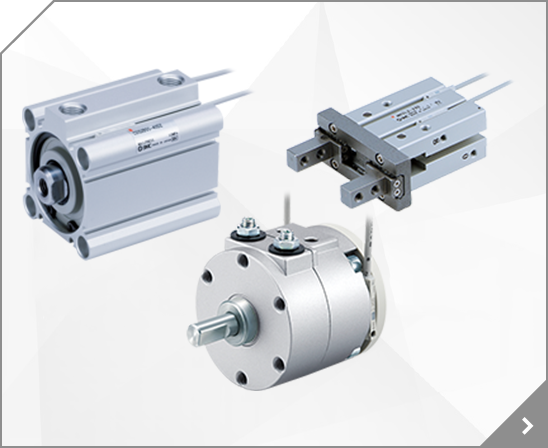
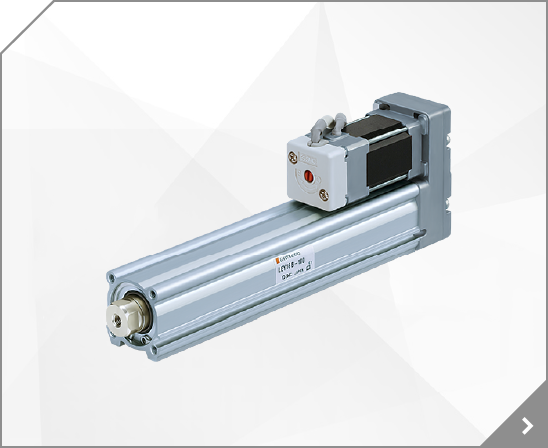
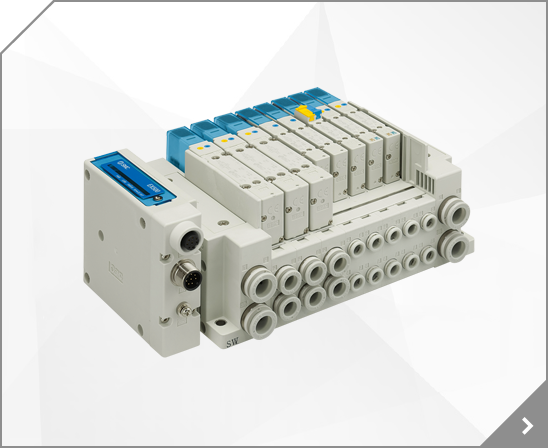
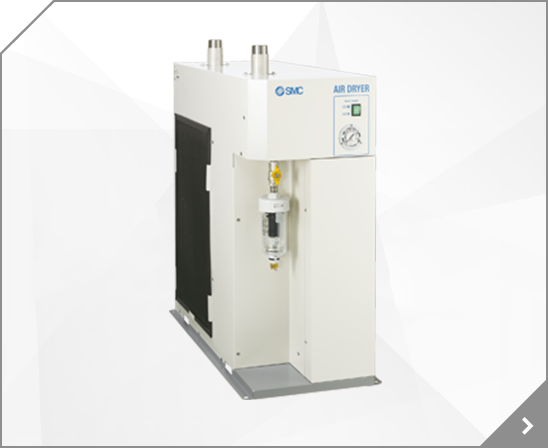
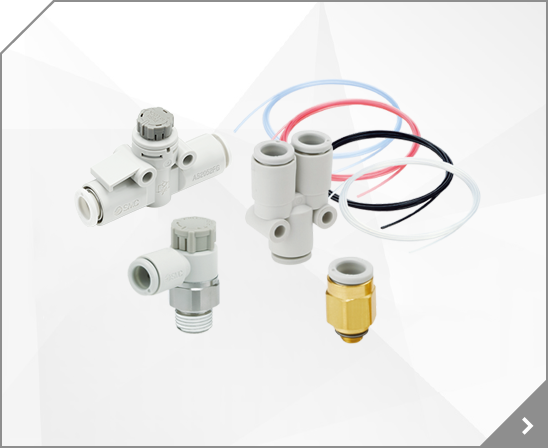

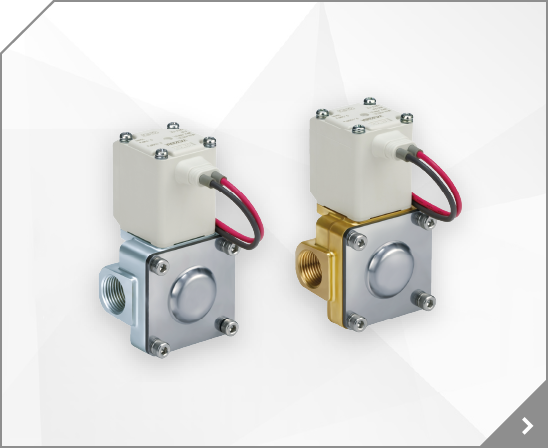

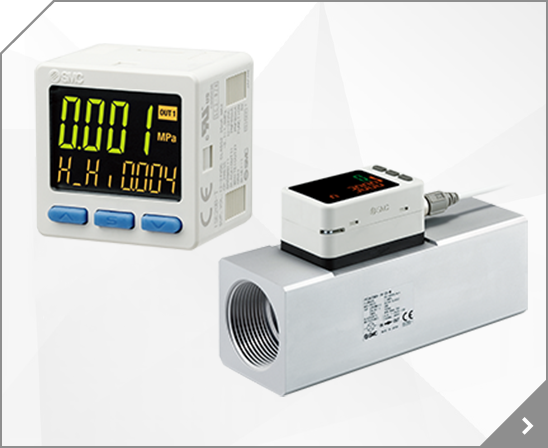
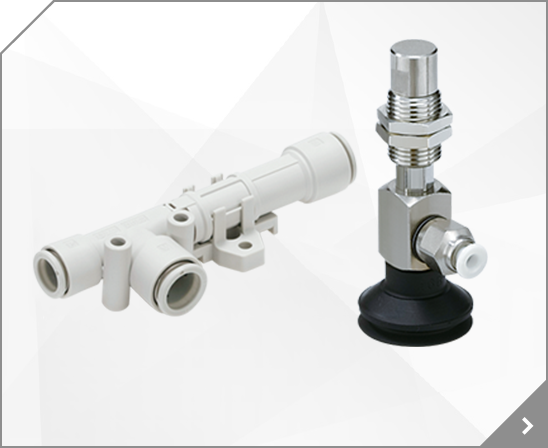

 CATALOG
CATALOG